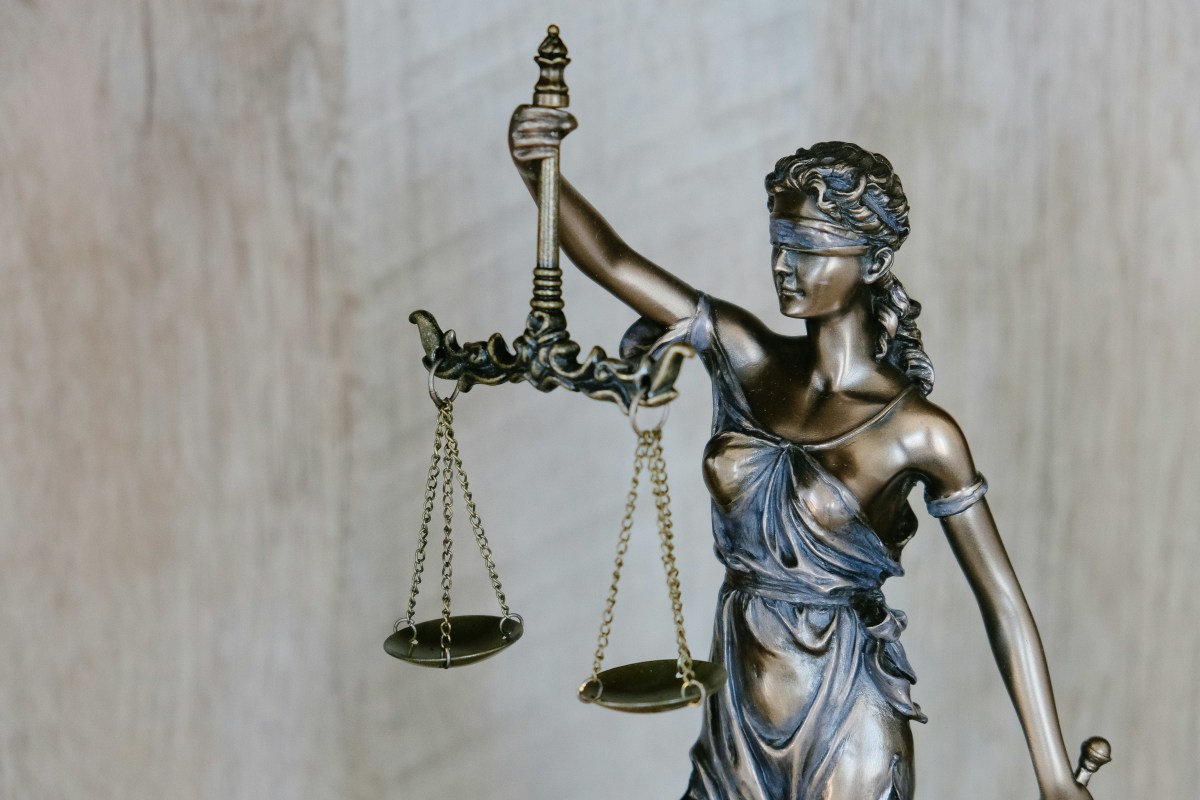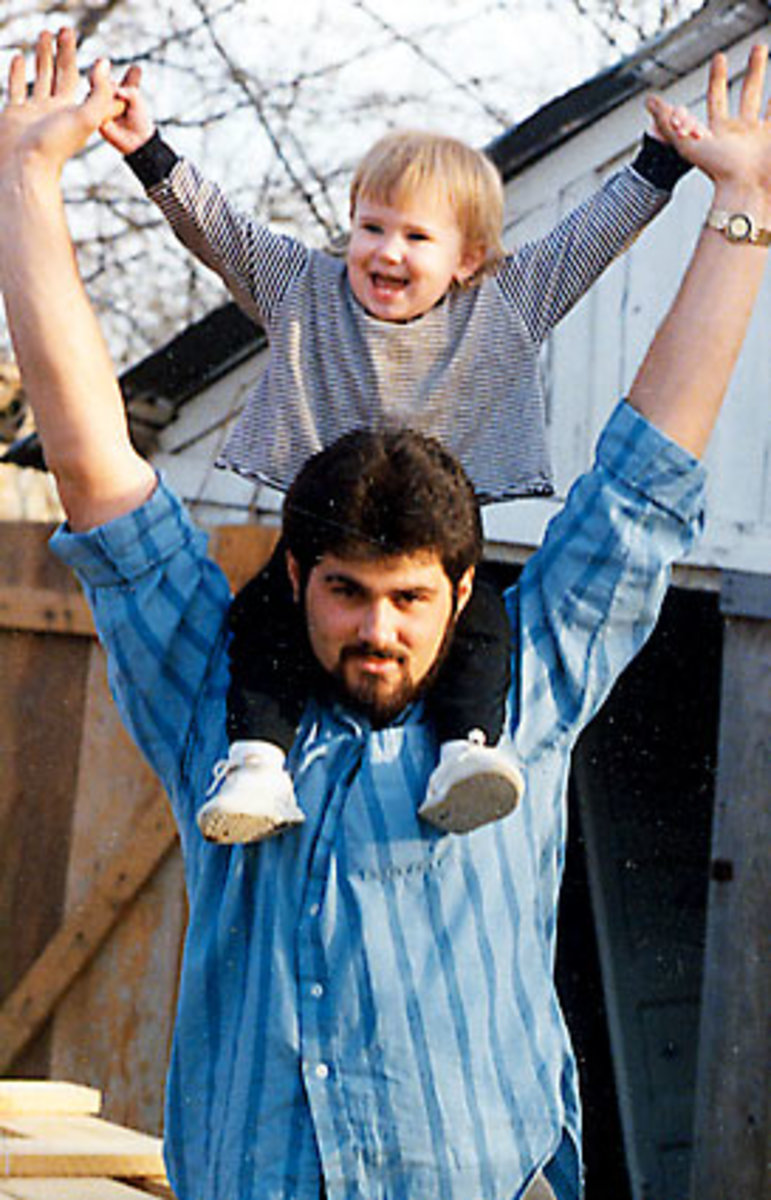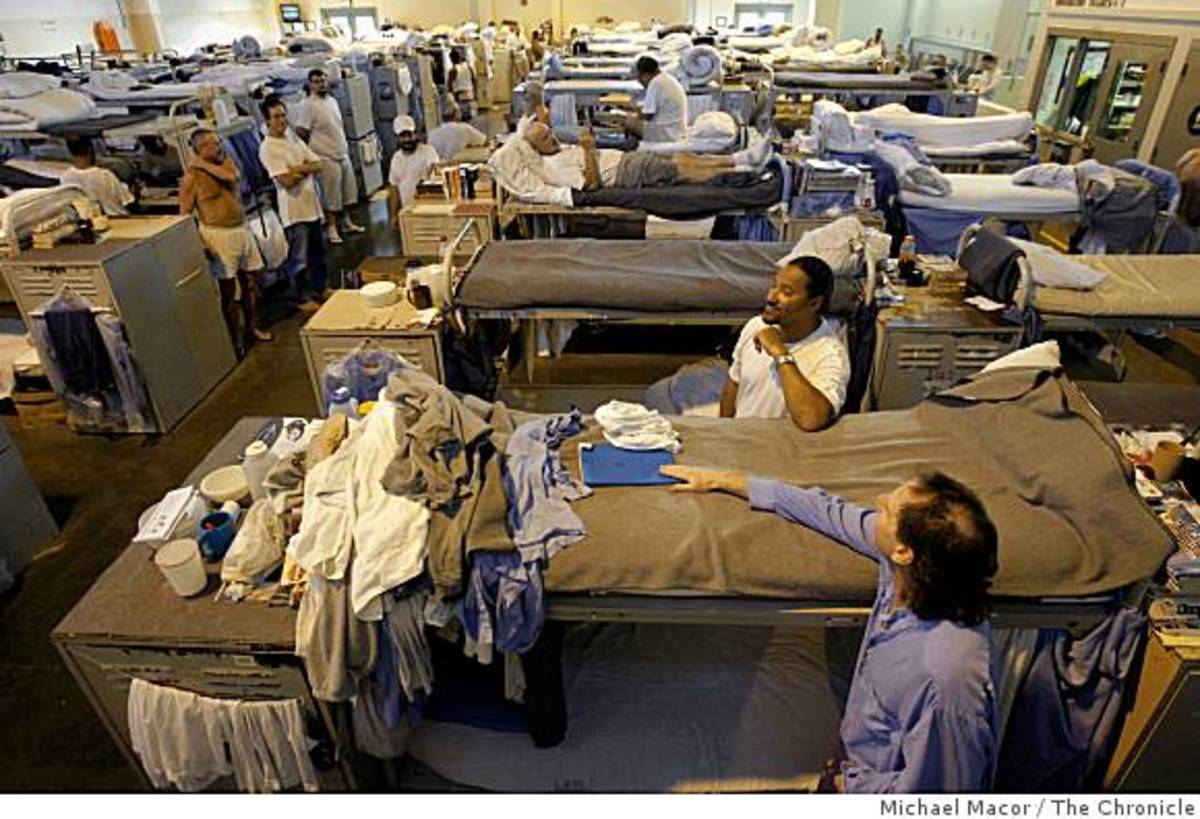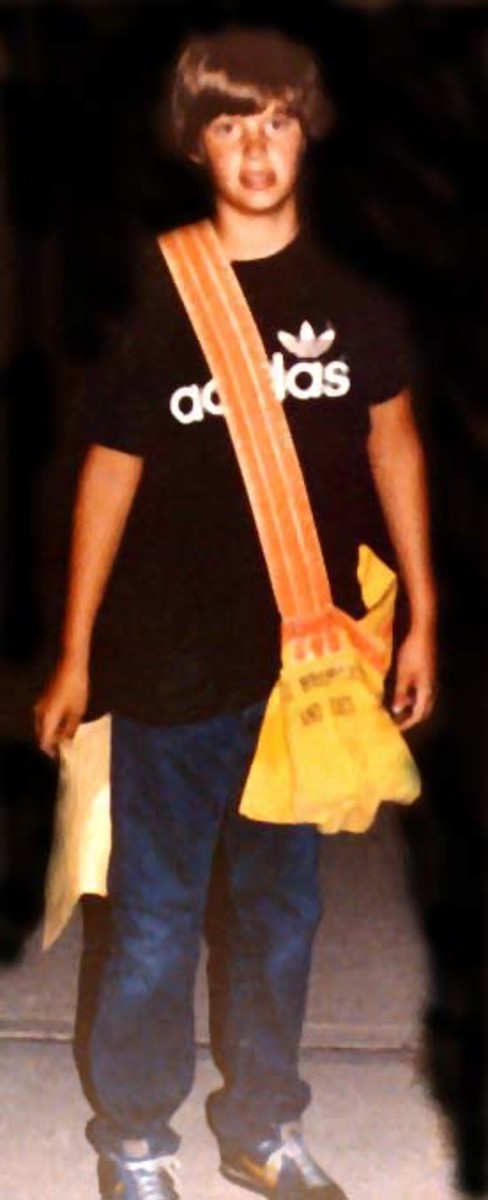Prisoners Exonerated - Innocence Project
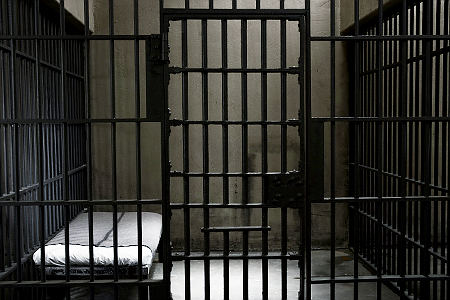
The Innocence Project
The Innocence Project is a “national litigation and public policy organization” that was formed to free wrongly accused prisoners through DNA testing. These attorneys and many more around the country have freed 300 prisoners over the last few years using DNA evidence. As of July, 2017, there were 351 post-conviction exonerations due to DNA testing.
The Innocence Project founded by Barry C. Scheck and Peter J. Neufeld at the N. Cardozo School of Law at Yeshiva University in 1992. The goal of this organization is to actually reform the criminal system through DNA testing.
They typically receive approximately 3000 requests from prisoners annually. They evaluate anywhere from 6000 to 8000 cases at any given time.
They are not alone in working to free prisoners that are not guilty, as there are many law firms across the country doing the same type of work. This includes law students at the University of Chicago Law School’s Exoneration Project.
DNA Tests Proved Innocence
Damon Thibodeaux of Louisiana was released from prison after sixteen years after he was found innocent based on DNA testing. He had confessed to raping and murdering his step-cousin after nine hours of interrogation that was not taped.
In 2007, his attorneys persuaded Pat Connick, the District Attorney of Jefferson Parrish to reopen the investigation with the attorneys sharing the expenses. As it turned out the young woman had not been raped, and the DNA evidence proved that Damon Thibodeaux was innocent. The Innocent Project is pushing police departments to tape all interrogations of suspects and witnesses.
In Chicago, Andre Davis, spent more than 30 years in prison before DNA evidence proved he did not rape and murder a 3 year old girl. He was represented by Judy Royal, of the Center on Wrongful Convictions at Northwestern University.
How the Innocence Project Decides to Take a Case
Statistics of 300 Exonerated Prisoners
The Innocent Project publishes the number of people released, their names and their race.
The exonerees released at this time consist of the following:
- 187 African Americans
- 85 Caucasians
- 21 Latinos
- 2 Asian Americans
- 5 whose race is unknown
Of the 300 that have been released from prison, 146 of these cases have caught the true perpetrators of these crimes. It is surely a miscarriage of justice for a man to be in prison for 30 years for a crime he did not commit.
The police have a difficult job and much of what they rely on is eyewitness testimony, along with any physical evidence collected. When a prisoner confesses, even under pressure, the chances of a prison sentence are highly elevated.
Evidence Besides DNA at a Crime Scene
There are many reasons that innocent people are convicted and sent to prison. The primary reason is misleading eye witness testimony. Of the cases that have been overturned, this has been a factor for 72 percent of them.
Plus, 40 percent of those cases involved cross racial identification. Studies have concluded that people of a different race are much less accurate in accurately identifying another individual.
Another reason that people are wrongfully convicted is flawed forensic science. In approximately 50 percent of the cases there were inaccuracies in hair microscopy, shoe prints, firearm tool markings and even in bite mark comparison.

Other Problems with Regards to Trials
Another 27 percent of the cases, there were false confessions and incriminating statements which the defendants stated during interrogations. It is hard to understand why someone would ever confess to some crime they did not commit, but it happens with some frequency.
It may be due to mental retardation or illness. This is why the attorneys from the Innocent Project are pushing so hard for all interrogations to be filmed or taped. That way there is an accurate record that can be played in court for the judge and jury.
The other contributing factor is false informants or the “snitch system”. This was found to be true in 18 percent of the 300 cases. Informants are often promised some special treatment to testify, which gives them some motive to lie.
Texas Leads Country in Overturned Convictions
The state that leads the nation in overturning wrongful convictions is Texas. In addition, they also have new laws concerning compensation. A wrongfully accused individual receives $80,000 per year for each year they were incarcerated unjustly.
Plus, they receive an annuity of $40,000 to $50,000 annually, and this is the most generous reimbursement in the nation. They also provide job training. Many other states also have some type of reimbursement program and other benefits.
Two-Minute Science Lesson: How Forensic DNA Testing Works
Capital Punishment Facts Summary
Capital punishment is typically used for aggravated murder, drug trafficking crimes, felony murder and contract killing. Some states have the death penalty for other crimes than murder, which include treason, hijacking an aircraft, and aggravated kidnapping.
Lethal injection is the primary method used for death penalty cases, but history shows that many other methods have been utilized through the years, including electrocution, the gas chamber, hanging and the firing squad.
The death penalty is illegal in 17 states and in the District of Columbia. Clemency laws also vary greatly from one state to another, with a panel most often being appointed by the governor in most cases. The death penalty is being debated in the legislature of several stats, and it is on the ballot in California in this next election.
Death Penalty
Do you believe in the death penalty?
This content is accurate and true to the best of the author’s knowledge and is not meant to substitute for formal and individualized advice from a qualified professional.


